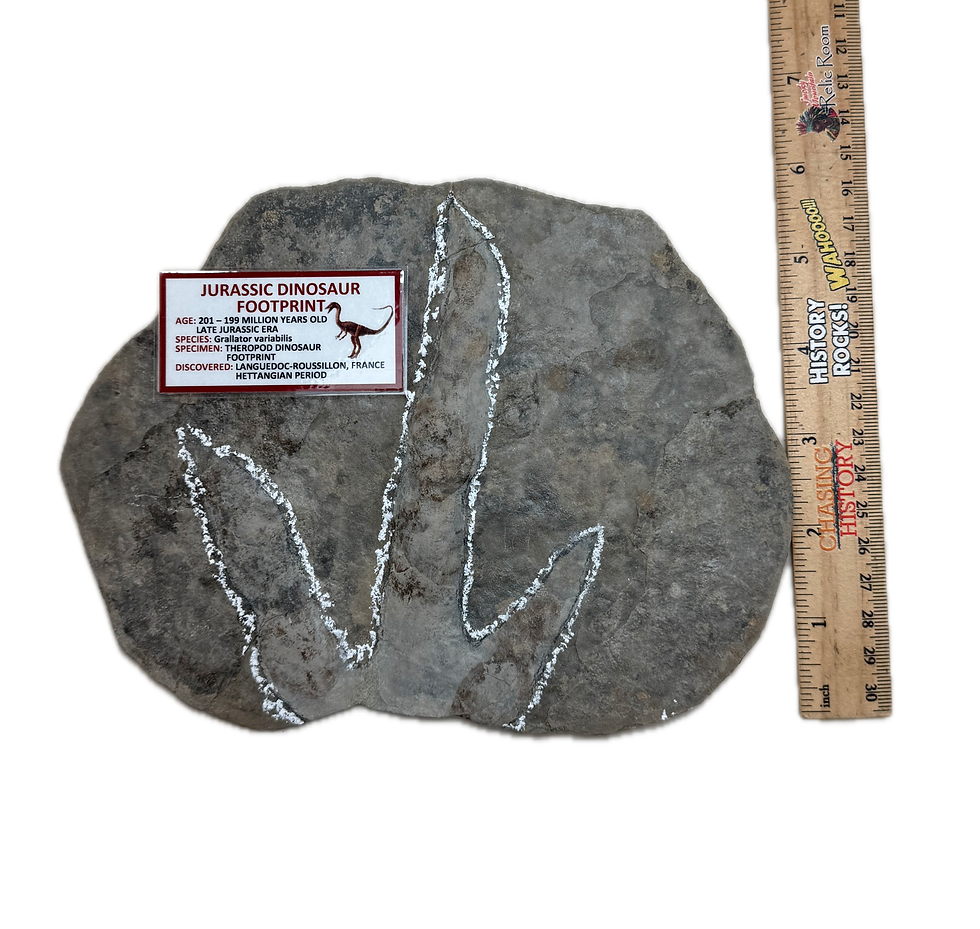The discovery of the fossil trilobite Olenellus gilberti in the Pioche Shale of Nevada holds great significance in the field of paleontology, as it provides valuable insights into the ancient history of life on Earth during the Cambrian period, which occurred approximately 500-485 million years ago. Trilobites were a diverse group of marine arthropods and among the most iconic creatures of the Paleozoic era. Their fossil record is instrumental in understanding the early evolution of complex life forms and the changing environmental conditions of the Cambrian seas.
The Olenellus gilberti specimens found in the Pioche Shale are estimated to be around 500 million years old, dating back to the early Cambrian period. At this time, the Earth was a vastly different place. The supercontinent Gondwana was still forming, and the Cambrian seas teemed with a wide variety of life, much of which was still evolving. Trilobites, like Olenellus gilberti, were among the first arthropods to appear, showcasing the remarkable adaptations that paved the way for future arthropod diversity.
The discovery of Olenellus gilberti in the Pioche Shale offers researchers a unique window into the ancient marine ecosystems of what is now Nevada. These well-preserved fossils help scientists reconstruct the environmental conditions and ecological interactions that occurred during this pivotal period in Earth's history. Moreover, Olenellus gilberti and other trilobite species have played a crucial role in establishing the biostratigraphy of the Cambrian, aiding in the correlation of rocks and the dating of sedimentary layers worldwide. As such, they are invaluable for understanding the progression of life and geology on our planet.
- More Information
Olenellus gilberti is a well-known and iconic species of trilobite that lived during the early Cambrian period, approximately 500-485 million years ago. Trilobites, which belong to the extinct class Trilobita, were arthropods that inhabited the ancient seas, and they are among the most abundant and diverse fossils from this era. Olenellus gilberti is particularly important in the study of trilobites and the early evolution of life on Earth due to its significant role in Cambrian biostratigraphy.
Olenellus gilberti had a distinctive appearance characterized by its elongated body and distinctive head shield, or cephalon. It was a relatively small trilobite, with most specimens measuring around 2 to 3 centimeters in length. The species is noted for its large, crescent-shaped eyes, which were located on the outer edges of its cephalon. These eyes likely provided Olenellus gilberti with a wide field of vision, allowing it to detect predators and prey in the ancient seas.
This trilobite's fossils have been discovered in various locations, but one of the most notable finds is in the Pioche Shale of Nevada, where it was first described. Olenellus gilberti has played a crucial role in helping scientists date and correlate Cambrian-age rocks, providing valuable insights into the sequence of events during this pivotal period in Earth's history. Its fossils are essential for understanding the early diversification of life in the oceans and the complex ecological relationships that existed during the Cambrian explosion, when life was rapidly evolving and diversifying.
top of page
SKU: FOSL3
$70.00Price
Related Products
bottom of page





















